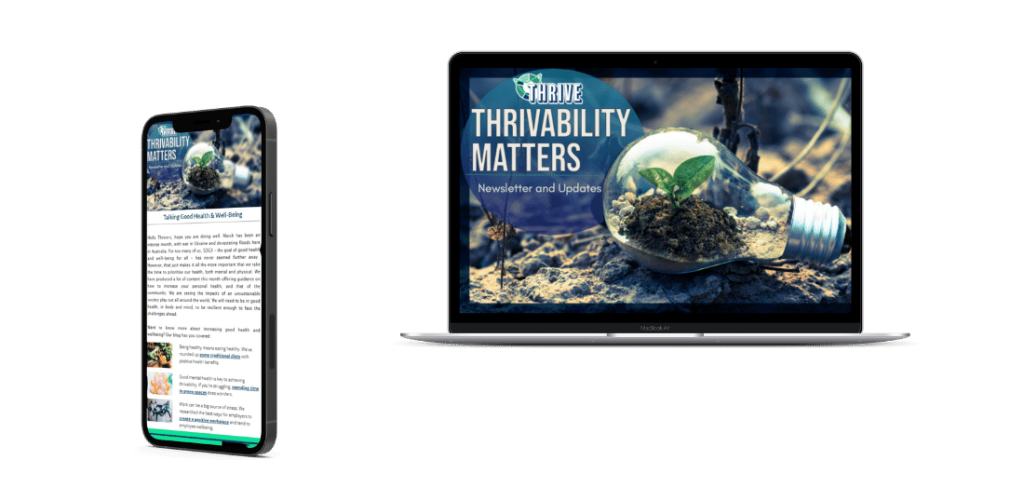What are ecosystems?
Living things in an area are components of interconnected systems based on cyclical feedback, which maintains a delicate balance between themselves, other species, and the non-living components of their environment. Hence, this feedback system is the ecosystem. The scale of an ecosystem can range dramatically, from minuscule hidden wonderlands in the soil of your house plant to the vast African savannas (National Geographic Society, 2020). The Earth essentially functions on the interconnectedness of ecosystems that sustain biomes (Wohlleben, 2015). Coral reefs, deserts, mountains, or tundra are all forms of biomes that are made up of a series of interconnected systems within them.
Each unique ecosystem has to distinguish between the environment and the climatic conditions that determine the species that inhabit it and, therefore, the type of ecosystem it is (National Geographic Society, 2020). A community is a group of species that interacts within these specific environmental conditions and consequently connects through a network of interactions that allows the energy and the nutrients to flow throughout the entire system so that nothing is wasted (Wohlleben, 2015).
How do they work?
The flow of nutrients within these systems occurs through food-chains that link the energy to different trophic levels of an ecosystem; from the producers (photosynthesizing plant matter) to consumers (herbivores), the prey to predators (carnivores), and the scavengers to decomposers (bacteria and fungi) (National Geographic Society, 2020). This continual flow of energy ensures that all levels of the food chain play a vital role in the production, transfer, and recycling of essential nutrients. Healthy, well-balanced ecosystems consist of multiple, interacting food chains called ‘food webs’ (Van Der Heijden and Horton, 2009).
In addition to this, each species influences the presence or absence as well as the survival and growth of other species within their specific ecosystem in the form of symbiotic relationships. For example, Peter Wohlleben uncovers in his book, “The Hidden Life of Trees,” the fascinating relationship between trees and the fungal networks that surround their root tips. The thin fungal filaments penetrate the soil and weave their way through entire forests to connect plant roots to their neighbours and enhance their communication. Additionally, they assist the root systems of plants in obtaining water, phosphorus and nitrogen, and in exchange, receive food from the plants in the form of carbohydrates (Van Der Heijden and Horton, 2009). These interconnected ecosystems can be very complicated and dynamic and scientists are still uncovering their secrets today.
How does society benefit from interconnected ecosystems?
In the course of their function, ecosystems directly or indirectly benefit humans or enhance social welfare. For example, mangrove forests provide ecosystem services that are of crucial environmental, ecological, and economic importance (Semesi and Howell, 1992). They provide nursery grounds for numerous marine species, therefore, replenishing vital fish stocks and act as a sink trap to filter out pollutants in run-off water (Paw, Chua and Guarin, 1991; Kimani et al., 1996; Semesi and Howell, 1992). Furthermore, they act as a coastal barrier from the wave action and severe weather conditions, thereby significantly reducing erosion and providing protection for the shorelines against tsunamis or storms (Ellison, 2008; Danielsen et al., 2005).
What is industrial ecology?
Industrial ecology aims to transform industrial processes into efficient systems that are compatible with all surrounding processes based on interconnected ecosystems in the natural world (Jelinski et al., 1992). It encourages an approach that closes the industrial production loop, therefore, recycling waste to use as raw materials for another process and effectively creating a self-sustaining industrial ecosystem. This approach is similar to how bacteria break down organic waste in the soil to provide nutrients for plants and continue the cycle of energy and materials. This holistic, interdisciplinary concept inspires an alternative way of living; one that fosters sustainability at its core and encourages an economy based on sharing and community rather than mass consumerism.
Visit THRIVE Project for more information on how you can instigate change towards a more sustainable and thrivable future for all life on Earth.
Written in collaboration with THRIVE Tribe member Isabelle Coster.


This might interest you, Isabelle.
https://act4inclusion.org/vision-and-strategy/
Comments are closed.